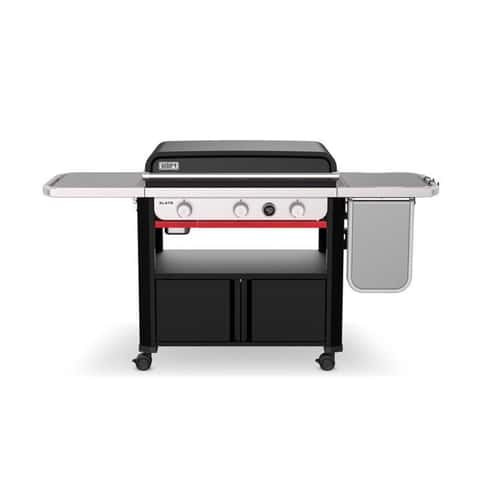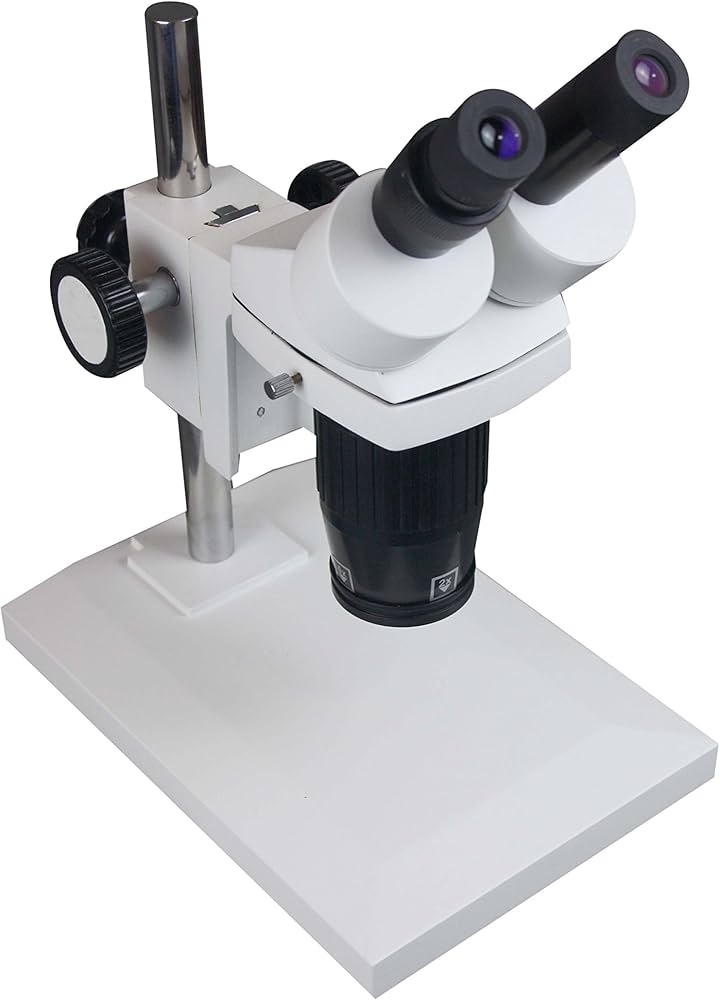At Rockland Hardware & Paint Supply in Monsey, NY, we offer an exceptional selection of grills from Ace Hardware, perfect for every BBQ enthusiast. Whether you’re looking for a gas grill, a charcoal smoker, or a versatile griddle, we have the right options to elevate your outdoor cooking game. Visit our store for expert advice and a hands-on experience with our grills. Check us out at Rockland Hardware & Paint Supply and let us help you find the perfect grill for your needs.
“At Rockland Hardware & Paint Supply, we pride ourselves on offering a curated selection of top-quality grills to meet the diverse needs of our customers,” says Avrom, Business Account Manager. “Our goal is to provide a personalized shopping experience that helps you find the best grill for your outdoor cooking aspirations.”
Weber Genesis SA-E-330 3 Burner Liquid Propane Grill Indigo
The Ace Hardware Exclusive SA-E 330 Genesis gas grill offers renowned Weber quality, performance, and durability for an enjoyable outdoor cooking experience. Featuring the innovative PureBlu burner system, the grill boasts unique tapered burner tubes for consistent pressure and even heat across the cooking surface. The 9mm stainless steel grates enhance heat retention and searing, while the Flavorizer bars vaporize drippings for flavorful smoke and even heat distribution. The 13,000 BTU Sear Zone Burner intensifies flavor and creates perfect sear marks. The grill includes three stainless steel PureBlu burners for consistent cooking, a Grill Locker for organized storage, and a Flush Electronic Push Button Ignition System for easy starts.
“This grill is a game-changer for any BBQ enthusiast looking for consistent cooking results and superior flavor,” Avrom highlights. “Its innovative features and robust construction make it a must-have for serious grillers.”
Big Green Egg 24 in. XLarge Charcoal Kamado Grill and Smoker Green
The XLarge model offers a spacious cooking area ideal for large gatherings, capable of handling multiple meals simultaneously. It can accommodate twelve racks of ribs, twenty-four burgers, or two holiday turkeys. This outdoor cooker is celebrated for its high quality, versatility, and ease of use, supporting grilling, roasting, smoking, searing, and baking. It quickly reaches cooking temperature and allows precise heat control with patented airflow systems and a temperature gauge ranging from 150 to 750°F.
“The Big Green Egg is more than just a grill; it’s a versatile cooking system that brings out the best in your culinary creations,” Avrom states. “Its ability to retain heat and moisture ensures your food is always flavorful and juicy.”
Blackstone 4 Burner Liquid Propane Outdoor Griddle Black
The outdoor griddle offers a versatile cooking experience with its solid rolled steel construction and modern design, catering to various gatherings. It features 60,000 BTUs for adjustable cooking options and a rear grease management system for cleanliness. Suitable for large gatherings, it can accommodate up to 28 burgers. The griddle operates on liquid propane with an electrical ignition and includes a front/side shelf, towel bar, and tool holder.
“The Blackstone griddle is perfect for those who love hosting large gatherings,” Avrom explains. “Its spacious cooking surface and convenient features make it an excellent choice for any outdoor event.”
Weber Slate Rust-Resistant 1500215 3 Burner Liquid Propane Outdoor Griddle Black 30 IN ACE EXCLUSIVE
This 30-inch rust-resistant outdoor griddle features a pre-seasoned carbon-steel cooktop ready for immediate use, reaching over 500 degrees with consistent edge-to-edge heating. It has 36,000 BTU burners for rapid heating and an even cooking surface. The griddle includes a digital temperature display, a Weber Works caddy for organizing cooking essentials, closed cabinet storage, and an extendable side table for additional workspace.
“For those who value both functionality and style, this Weber griddle is an ideal choice,” Avrom notes. “Its durable construction and thoughtful design make it a standout in any outdoor kitchen.”
Traeger Woodridge Wood Pellet Grill Black
The grill offers a wood-fired flavor experience suitable for grilling, smoking, or baking, with user-friendly controls designed for ease and consistency. Customization is facilitated through P.A.L. Pop-And-Lock options, while WiFIRE connectivity allows remote grill monitoring. Cleanup is streamlined with the EZ-Clean Grease & Ash Keg. Additional features include ModiFIRE accessories for versatile cooking, a fully digital controller, a wired meat probe, and Bluetooth Meat Thermometer compatibility for wireless monitoring.
“The Traeger pellet grill is perfect for those who want to experiment with flavors and cooking techniques,” Avrom says. “Its advanced features and ease of use make it a favorite among both novice and experienced grillers.”
For all things Ace Hardware, please visit acehardware.com.








